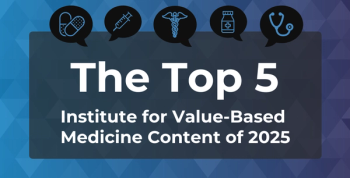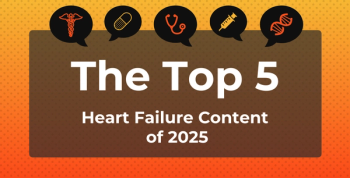
Addressing Financial and Socioeconomic Barriers to Precision NSCLC Care: Jonathan Thompson, MD, MS
Jonathan Thompson, MD, MS, explains how financial, insurance, and socioeconomic barriers limit equitable access to biomarker testing and advanced therapies, underscoring the need for provider advocacy and systemic support.
At a recent
This is the sixth part of a 6-part interview series with Thompson.
This transcript was lightly edited; captions were auto-generated.
Transcript
What financial and systemic barriers are contributing to disparities in access to biomarker testing, targeted therapy, and immunotherapy?
Biomarker testing, targeted therapies, immunotherapies, unfortunately, are all very expensive, so very, very few people can afford to pay out of pocket for these tests without some sort of support, whether it's in the form of insurance or whether in the form of financial assistance from the manufacturers of the test for the drug. We do tend to see that those patients who either don't have insurance or are underinsured, who come from less socioeconomically advantaged backgrounds, tend to face challenges in getting the right testing and getting the right treatment. It's incumbent on us, the health care providers in our health system, to try to alleviate these barriers as much as possible, getting patients lined up for insurance and making sure that we're really exploring all venues of supporting them financially, through the testing and through the therapies.
How do insurance, geography, and socioeconomic factors impact care, and what actions can reduce these inequities?
We tend to see patients across many different socioeconomic backgrounds and across many different geographies. At our institution, we see patients from rural settings, and the challenges we tend to see tend to be more from the socioeconomic standpoint. If patients are from a lower socioeconomic class, then we can sometimes encounter issues with even having insurance, with having access to rides to doctor visits, having the ability to come and interact with the health care system. I think as health care providers, we have opportunities to advocate for our patients, not only to insurers, but to lawmakers, and trying to strongly advise that patients need access to health care insurance and to help level the playing field.
Newsletter
Stay ahead of policy, cost, and value—subscribe to AJMC for expert insights at the intersection of clinical care and health economics.







































